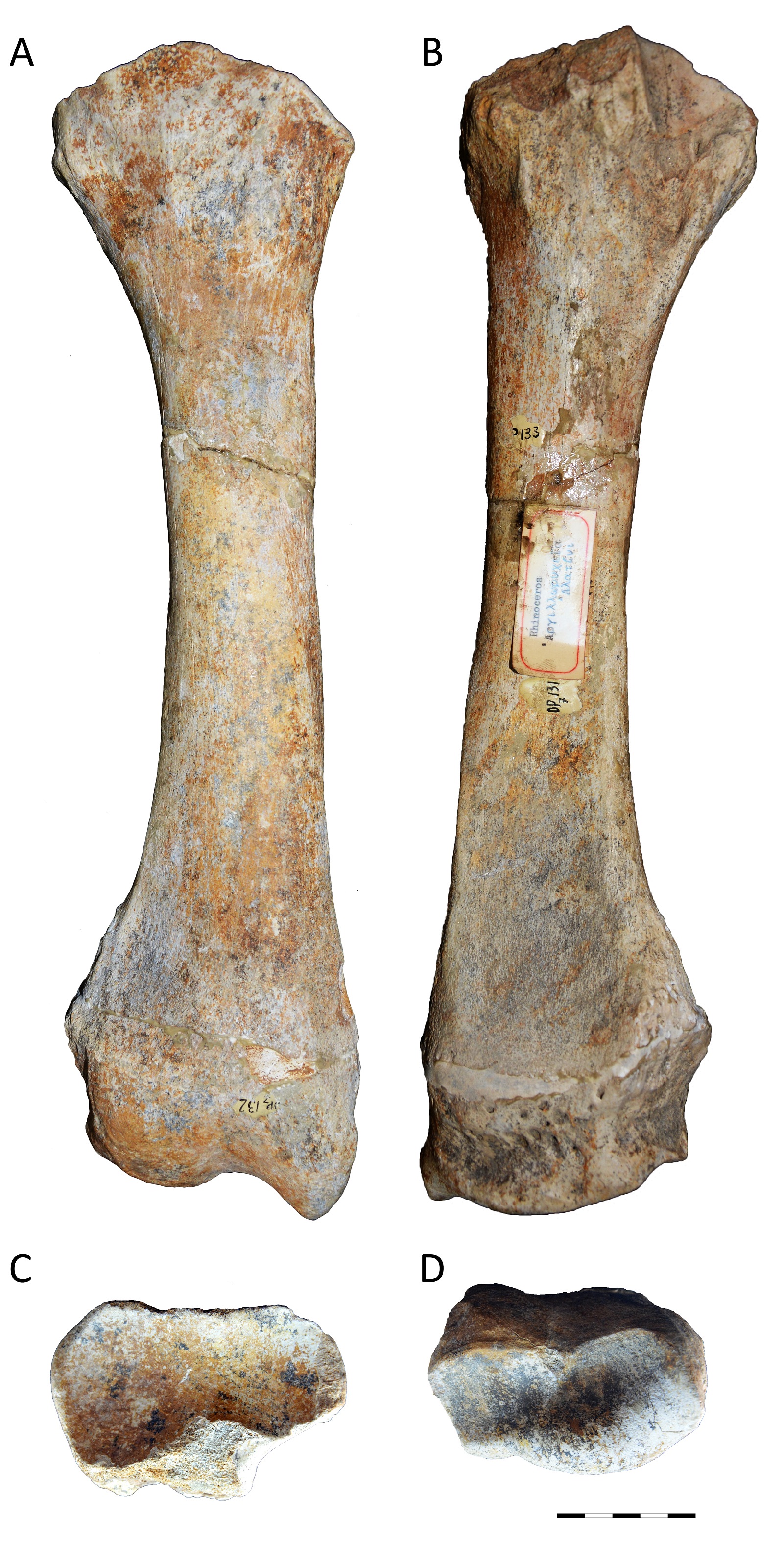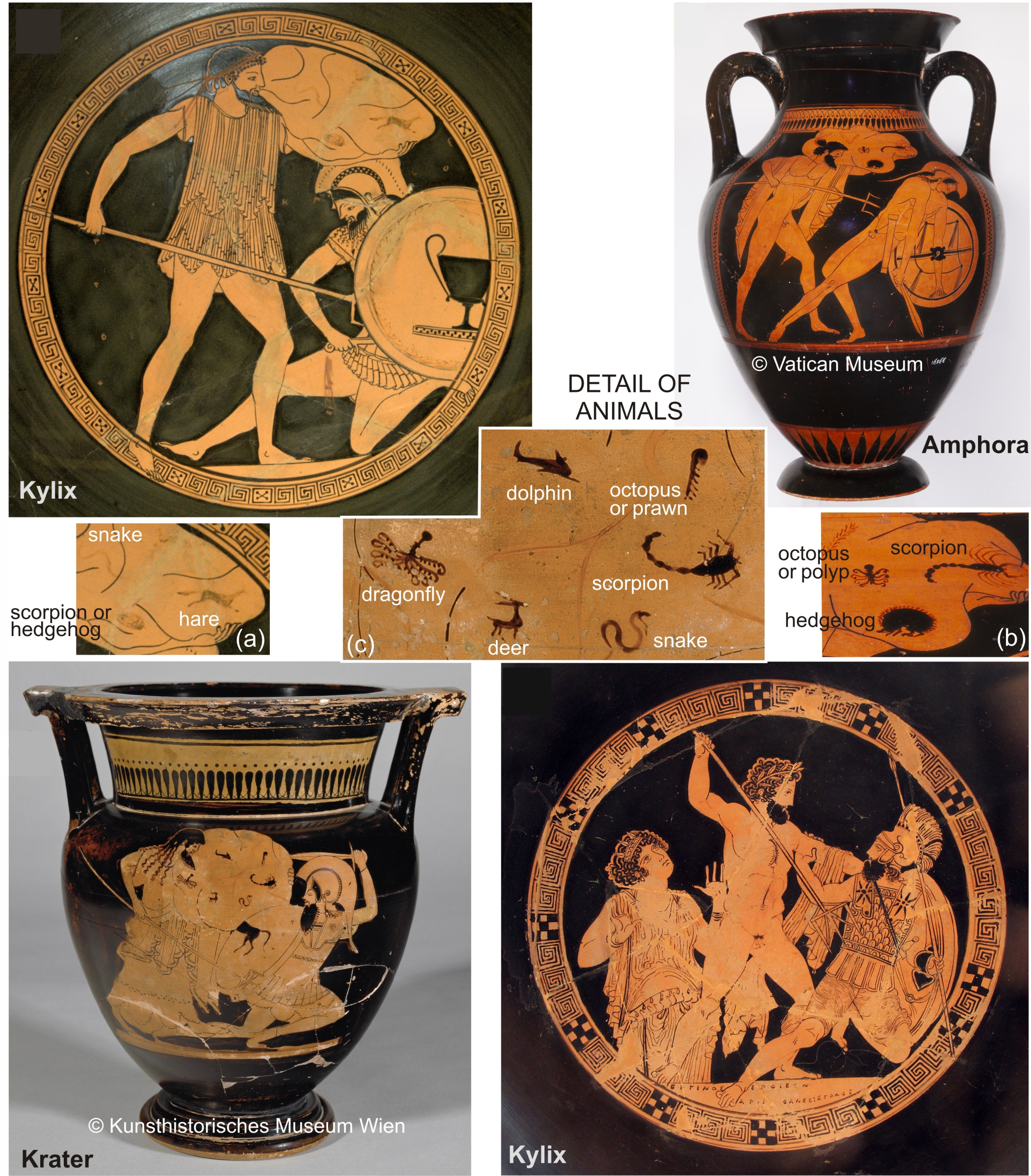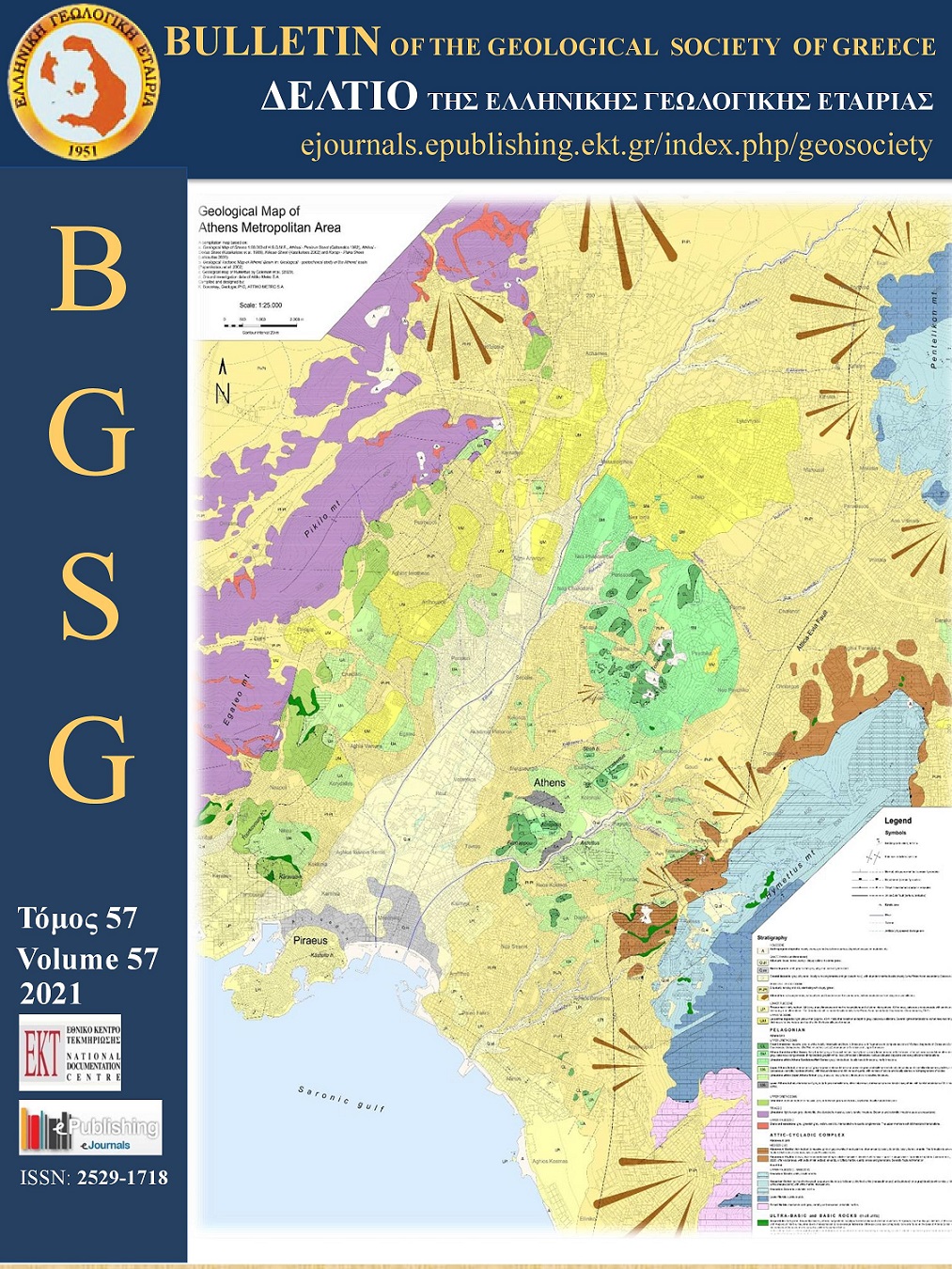Landslide Risk Management in Areas Affected by Wildfires or Floods: A Comprehensive Framework Integrating GIS, Remote Sensing Techniques, and Regional Climate Models

Abstract
Over the past few decades, numerous studies and technical surveys have documented a significant number of landslides activated in areas that had recently been affected by wildfires or floods, thereby suggesting a potential link between landslides and these phenomena. With the climate crisis exacerbating the intensity and frequency of wildfires and floods, understanding this link has nowadays become even more crucial and requires further exploration. This study proceeds along this path and establishes a comprehensive framework for rapidly evaluating the effect of a wildfire or a flood on the local landslide mechanism, as well as for effectively managing landslide hazards in the affected area. The proposed framework incorporates advanced Geographical Information System (GIS) tools, remote sensing techniques, and state of the art regional climate models, to assess landslide hazard and risk from wildfires and floods on the impacted area, as well as to offer vital tools for landslide management. Consequently, it provides a comprehensive and thorough assessment of the impact of these catastrophic phenomena on affected areas. Remote sensing and GIS techniques offer a cost-effective solution, as these methods, contrary to traditional in-situ methods, can be easily and rapidly applied even on large and complex areas. The integration of regional climate models also ensures the long-term viability of the proposed approach, as it takes under consideration the impacts of the climate crisis. As a result, the proposed framework contributes to scientists’ ongoing efforts in understanding the dynamic character of the landslides phenomenon that evolves and interacts with other natural disasters. Simultaneously, the results of the proposed methodology can effectively contribute to the local stakeholders’ efforts to promptly assess the relative impact and make informed decisions regarding the required mitigation measures. Wildfires that ravaged the Chania regional unit in western Crete, Greece, in 2021, are selected as a case study to highlight the applicability and effectiveness of the proposed framework.
Article Details
- How to Cite
-
Nefros, C., & Loupasakis, C. (2023). Landslide Risk Management in Areas Affected by Wildfires or Floods: A Comprehensive Framework Integrating GIS, Remote Sensing Techniques, and Regional Climate Models . Bulletin of the Geological Society of Greece, 60(1), 27–68. https://doi.org/10.12681/bgsg.35629
- Section
- Remote Sensing and GIS

This work is licensed under a Creative Commons Attribution-NonCommercial 4.0 International License.
Authors who publish with this journal agree to the following terms:
Authors retain copyright and grant the journal right of first publication with the work simultaneously licensed under a Creative Commons Attribution Non-Commercial License that allows others to share the work with an acknowledgement of the work's authorship and initial publication in this journal.
Authors are able to enter into separate, additional contractual arrangements for the non-exclusive distribution of the journal's published version of the work (e.g. post it to an institutional repository or publish it in a book), with an acknowledgement of its initial publication in this journal. Authors are permitted and encouraged to post their work online (preferably in institutional repositories or on their website) prior to and during the submission process, as it can lead to productive exchanges, as well as earlier and greater citation of published work.





